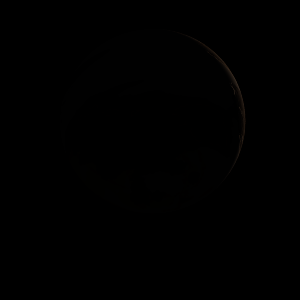|
|
Space Astro
|
Info for exoplanet "Mani"
| Scientific (actual) data |
|---|
| Planet | HD 207496 b |
| Planet status | Confirmed |
| Planet mass | 0.0192 |
| Radius | 0.2007 |
| Orbital period | 6.44101 |
| Semi major axis | 0.0629 |
| Orbit eccentricity | 0.23 |
| Discovered | 2023 |
| Updated | 2023-03-08 |
| Omega | 57 |
| Tzero tr | 2458660 |
| Impact parameter | 0.43 |
| K | 2.52 |
| Temperature (kelvin) | 743 |
| Publication | Published in a refereed paper |
| Detection type | Primary Transit |
| Mass detection type | Radial Velocity |
| Radius detection type | Primary Transit |
| Alternate names | TOI-1099 b |
| Star name | HD 207496 |
| Right ascension | 328.71° |
| Declination | -77.34° |
| Mag v | 8 |
| Star distance | 23.6382 |
| Star metallicity | 0.095 |
| Star mass | 0.8 |
| Star radius | 0.769 |
| Star sp type | K2.5 V |
| Star age | 0.52 |
| Star temperature | 4819 |
| Star alternate names | TOI-1099 |
| Wikipedia article | HD 207496 b |
Back
| |
| Fictional info (?) |
|---|
| Suggested name | Mani |
| Planet type | Hot planet |
| When viewed from Jugeval, Mani can reach an apparent magnitude of -3, bright enough for its reflected light to cast shadows, and making it on average the third-brightest object in the night sky. For this reason, scientists often classify Mani and Jugeval as "hot planets" to distinguish them from the other planets. The planet is named after the deity Mani, the bringer of the sky.
Like Jugeval, Mani has been orbiting HD 207496 for 0.52 billion years, and never exceeds 14 degrees away from HD 207496. |
| Atmosphere | Carbon dioxide | 34% |
| Xenon | 26% |
| Helium | 25% |
| Ammonium hydrosulfide (NH4SH) | 14% |
| Ethane | 0.11% |
| Hydrogen peroxide | 0.1% |
| Atmospheric pressure | 60 bar |
 |
| No known satellites |
| Google search for Mani |
|
Website by Joachim Michaelis
|
|
|
|